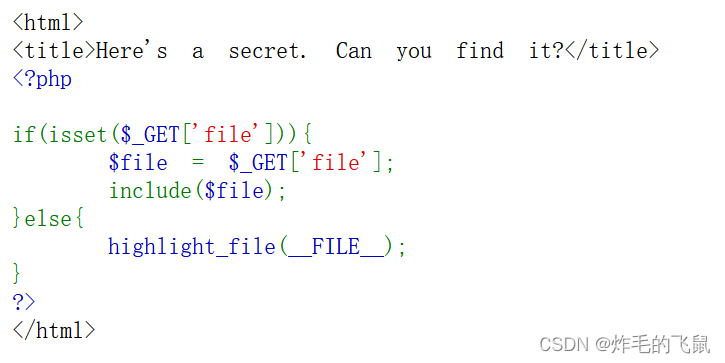[AIGC] 深入理解字典树:通过LeetCode题目学习
在计算机科学中,字典树,也称为前缀树或Trie树,是一种用于高效检索字符串的数据结构。本文将深入介绍字典树的工作原理,并通过解决一些在LeetCode上的经典题目来进行演示。
文章目录
- 什么是字典树?
- 字典树的应用:LeetCode题目解析
- 题目:[Implement Trie (Prefix Tree)](https://leetcode.com/problems/implement-trie-prefix-tree/)
- 题目:[Design Add and Search Words Data Structure](https://leetcode.com/problems/design-add-and-search-words-data-structure/)
- 题目:[Word Search II](https://leetcode.com/problems/word-search-ii/)
什么是字典树?
字典树是一种树形结构,用于保存关联数组,其中的键通常是字符串。与二叉查找树不同,字典树的关键字不是直接保存在节点中,而是由节点在树中的位置决定。一个节点的所有子节点路径代表的字符都不同。
在Java中,通常可以用以下的方式来定义字典树节点:
class TrieNode {
TrieNode[] children;
boolean isEndOfWord;
public TrieNode() {
children = new TrieNode[26];
isEndOfWord = false;
}
}
字典树的应用:LeetCode题目解析
题目:Implement Trie (Prefix Tree)
这个问题要求我们实现一个字典树类,必须包含insert,search和startsWith这三个方法。下面是针对这个问题的一个解决方案的基本实现:
class Trie {
private TrieNode root;
public Trie() {
root = new TrieNode();
}
public void insert(String word) {
TrieNode node = root;
for (int i = 0; i < word.length(); i++) {
char c = word.charAt(i);
if (node.children[c - 'a'] == null) {
node.children[c - 'a'] = new TrieNode();
}
node = node.children[c - 'a'];
}
node.isEndOfWord = true;
}
public boolean search(String word) {
TrieNode node = root;
for (int i = 0; i < word.length(); i++) {
char c = word.charAt(i);
node = node.children[c - 'a'];
if (node == null) {
return false;
}
}
return node.isEndOfWord;
}
public boolean startsWith(String prefix) {
TrieNode node = root;
for (int i = 0; i < prefix.length(); i++) {
char c = prefix.charAt(i);
node = node.children[c - 'a'];
if (node == null) {
return false;
}
}
return true;
}
}
题目:Design Add and Search Words Data Structure
在这个问题中,我们需要设计一个支持以下两种操作的数据结构:
void addWord(word): 添加一个单词到数据结构中。boolean search(word): 搜索一个单词,然后返回这个单词是否在数据结构中。单词可能包含点在内的任意小写字母。
这是一个非常适合使用字典树来解决的题目,我们可以在添加单词的时候构建出一个字典树,然后在查找单词的时候遍历字典树来找到我们需要的单词。
以下是一个基于字典树的解决方案:
class WordDictionary {
private TrieNode root;
public WordDictionary() {
root = new TrieNode();
}
public void addWord(String word) {
TrieNode node = root;
for (char c : word.toCharArray()) {
if (node.children[c - 'a'] == null) {
node.children[c - 'a'] = new TrieNode();
}
node = node.children[c - 'a'];
}
node.isEndOfWord = true;
}
public boolean search(String word) {
return match(word.toCharArray(), 0, root);
}
private boolean match(char[] chs, int k, TrieNode node) {
if (k == chs.length) return node.isEndOfWord;
if (chs[k] != '.') {
return node.children[chs[k] - 'a'] != null && match(chs, k + 1, node.children[chs[k] - 'a']);
} else {
for (int i = 0; i < node.children.length; i++) {
if (node.children[i] != null && match(chs, k + 1, node.children[i])) {
return true;
}
}
}
return false;
}
}
题目:Word Search II
在这个问题中,给出一个字符矩阵和一组单词,我们的任务是找到所有在字符矩阵中能找到的单词。为了找到所有的单词,我们可以首先使用所有的单词构建出一个字典树,之后并使用字典树的前缀搜索来加速我们的查找过程。
该解决方案的代码可能会较长且复杂,因此在此不再给出完整的代码。你可以在LeetCode上的问题页面查阅其他选手的解决方案,这将对你理解如何使用字典树解决这个问题有所帮助。
以上就是对字典树的一个简单介绍,以及一个基于字典树的LeetCode问题的解决方案。希望这篇文章能够对你理解字典树以及如何在实际问题中应用字典树有所帮助。更多更深入的内容,欢迎查阅有关字典树的相关文章和教程。



